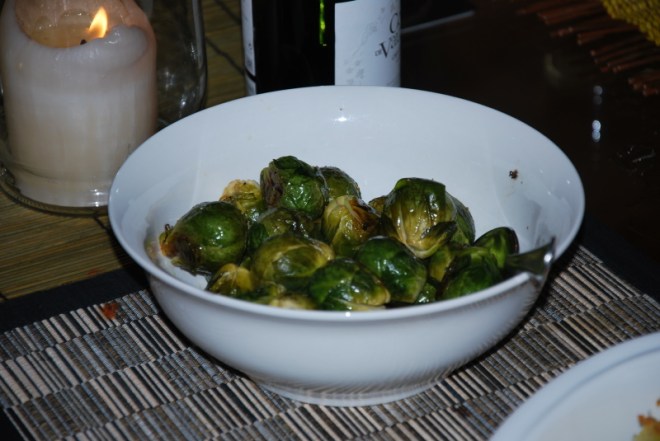These plants are what I have always known as broccoletti selvatici. They are part of the group of edible plants called piante selvatiche (wild plants) or piante spontanee or erbe spontanee (spontaneous herbs) in Italian
For the photo, I collected two whole plants and the photos took place in my dining room (this is why they look so well groomed).
The weed, is classed as a brassica (family of vegetables which includes broccoli and cabbage) and if you can be patient enough to collect a sufficient quantity of wild broccoletti you will not be disappointed. As you see by the second photo, it is only the tender tips with young leaves that you pick – love and patience is required – take a bag, be prepared to walk and pick only the tender shoots from each plant.
They taste similar to cime di rape and tossed around in a pan with garlic, some chilli and olive oil, they make a vey tasty vegetable contorno (side dish) or a pasta sauce for orecchiette (pasta shaped like little ears and popular in Puglia). As a variation for that pasta sauce, a fresh, Italian pork sausage or some anchovies can be crumbled into the hot pan at the same time.
The pasta will need pecorino rather than parmigiano grated on top – not only because it is a southern Italian type dish, but also because a strong tasting sauce requires a strong cheese.
I discovered that what I have always known as cime di rape have local names in some regions of Italy. In Lazio they’re broccoletti. in Campania they’re named friarielli, and in Toscana, rapini. You may therefore not be surprised that what I call broccoletti selvatici are known by different local names in the different regions of Italy. For example in Sicily which is a small island, some Sicilians may call them lazzane (a similar wild green in Sicily) and other Sicilians from a different part of Sicily may refer to them as cavoliceddi.
Like all vegetables, these wild broccoletti are seasonal and you will need to wait till the yellow flower appears before you pick them, but not too many yellow flowers, because this means that the plant is going to seed. If this is the case, and the plant will be spindly – its energy would have gone into seed production, and in fact, if you look at the photo, this is already beginning to happen.
Most of the world’s other cultures harvested (and some still harvest) from the wild: dandelions, wild chicories, nettles, amaranth, purslane and wild fennel may be the most recognised.
Other cultures living in Australia also collect wild greens, for example Greeks call them horta and I have written about vlita – a summer weed, in a previous post. Indigenous Australians had their favourites and some early pioneers ate wild greens, such as Warrigal greens and pigweed.
SICILIAN EDIBLE WEEDS and Greek VLITA
MA2SBAE8REVW



































